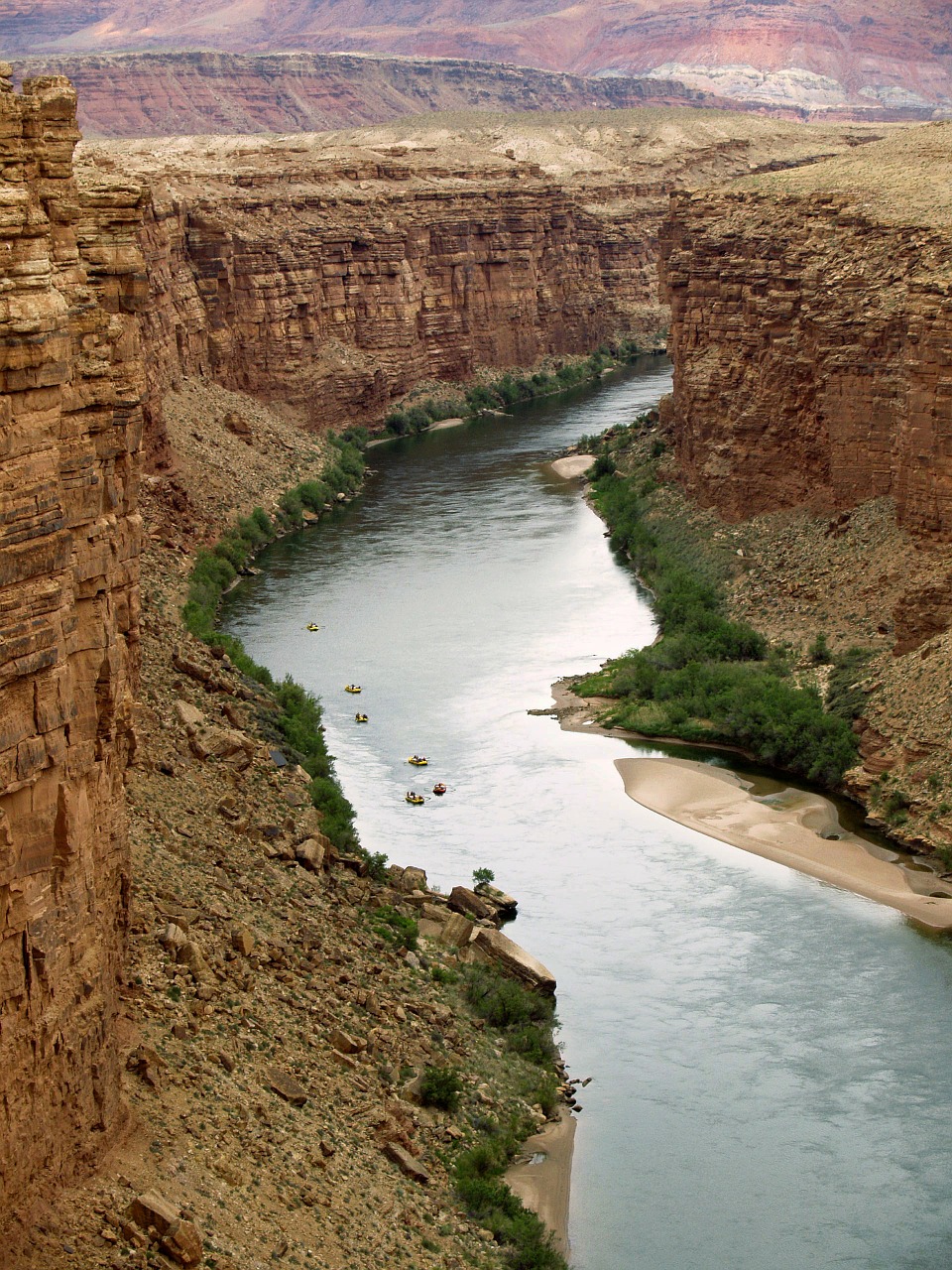There is no doubt that Arizona, along with every other southwestern state, is seeing a historic season of drought. This scarcity of water, paired with an unceasing demand for supply, has forced the region into dire circumstances.
The Arizona Green Chamber of Commerce recently held a meeting that addressed the most up-to-date details pertaining to the longstanding drought that Arizona has found itself in. Phoenix Water Resources Management advisor, Cynthia Campbell, led the presentation and started off by describing the sources of Phoenix’s water supply. Currently, Phoenix receives 40% of its water from the Colorado River, 58% from the Salt and Verde Rivers and 2% from groundwater.
Concern emerges in knowing that the Colorado River has overallocated its water supply among seven states, including Arizona. In other words: seven states, many of which are in a drought, are all drawing from one water source that is quickly draining. Due to this untimely combination of high demand and limited supply, two of the Colorado River’s primary reservoirs, Lake Mead and Lake Powell, are seeing record low volumes of water.
As a result, a Tier 1 shortage will be placed on the Colorado River for the first time ever, starting January 2022. This restriction will ultimately limit the amount of water that the lower basin states can draw from the river.

With Campbell continuing to present these jarring facts, it could clearly be seen that the audience wanted to know the next steps.
As if anticipating this response, Campbell spoke the reassuring words that these events were not unforeseen. In fact, the water volume of the Colorado River has been on a steady decline since the early 2000s, and a shortage such as this has been in discussion for many years prior.
In the meantime, the City of Phoenix has had ample time to brace for this shortage and has taken numerous steps to assure that the Valley is not left without options. For example, in the 1950s, Phoenix city officials made the decision to build gates on the Horseshoe Reservoir that allow Phoenix rights to “gatewater” that can be used anywhere in the city.
Along with this, Phoenix has excellent groundwater allocation and stored water that puts the supply in good standing. There are also infrastructure developments that are currently underway, one of which is the drought pipeline running up State Route 51. This project is designed to efficiently transport water from South to North Phoenix and is scheduled to be finished in 2024.
Towards the end of the presentation, the audience was left with a healthy balance between reassurance and call to action. Campbell concluded that, though we are currently reaping the benefits of decades of drought-preparation, there is no time more vital than now to hone in on our conservation efforts. Small, every day steps to conserve can and will have colossal impact.
Keep up with all of Green Living’s original content online
and on social media
.





